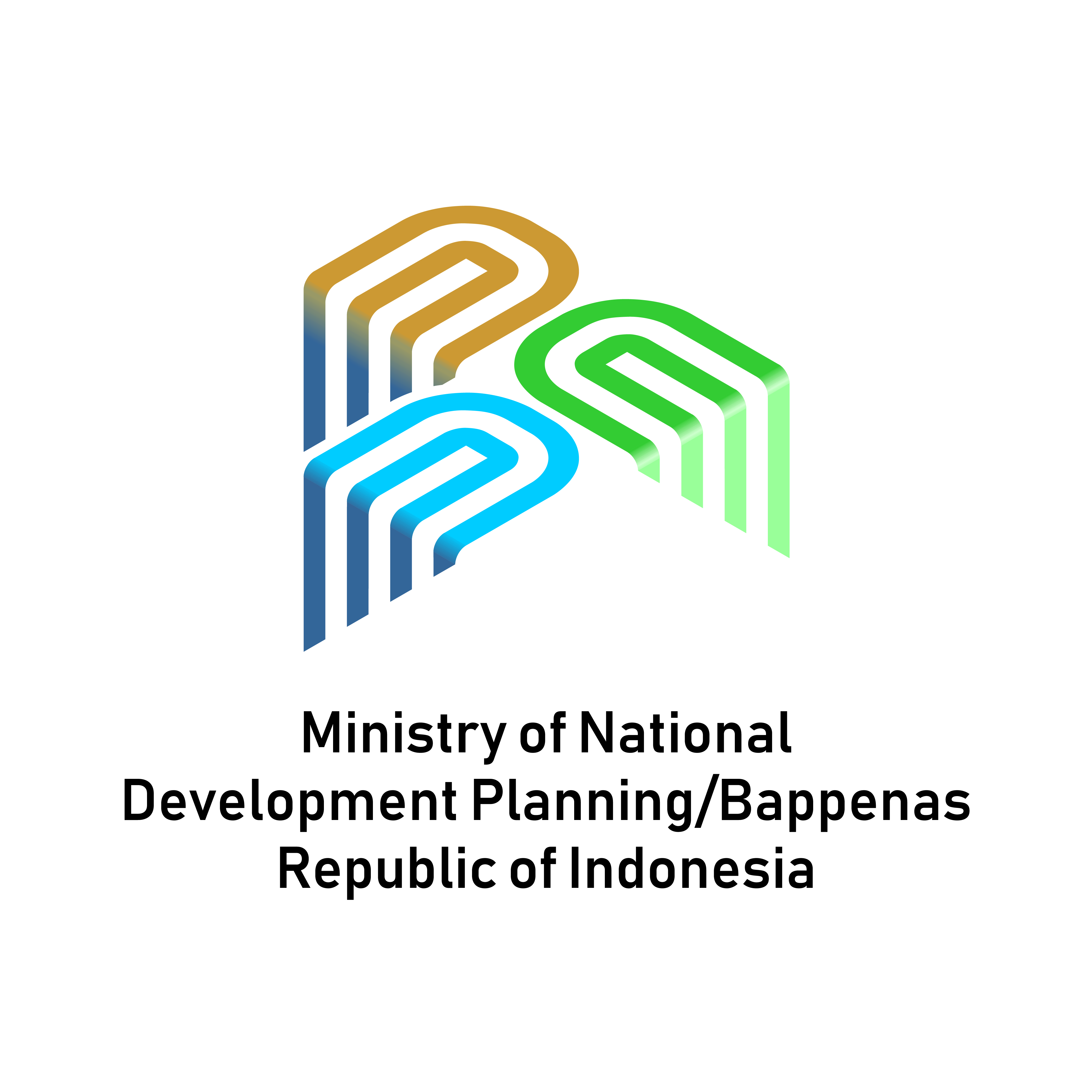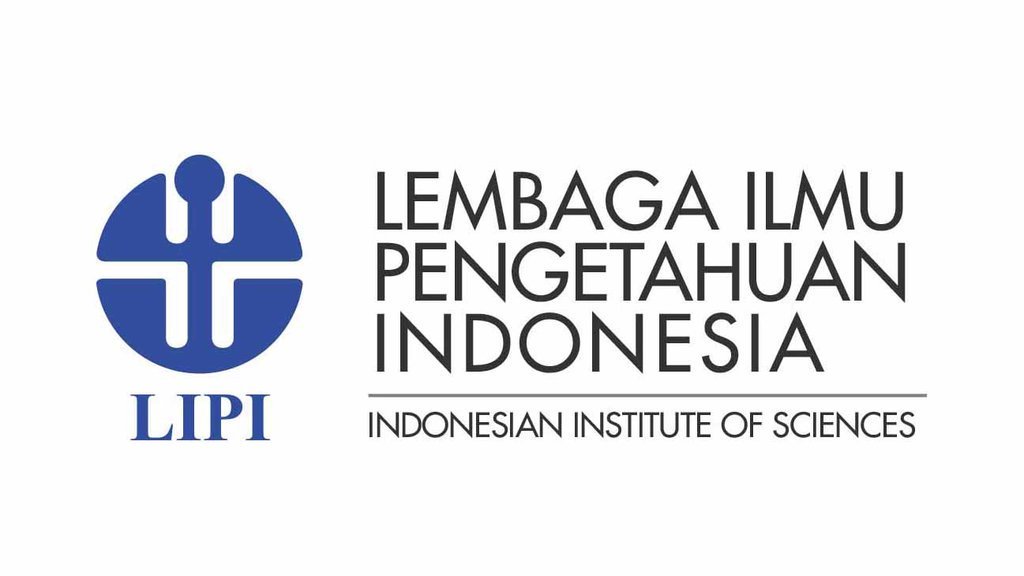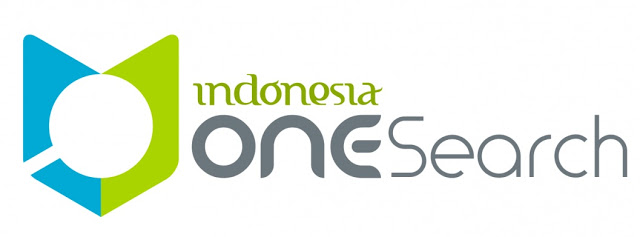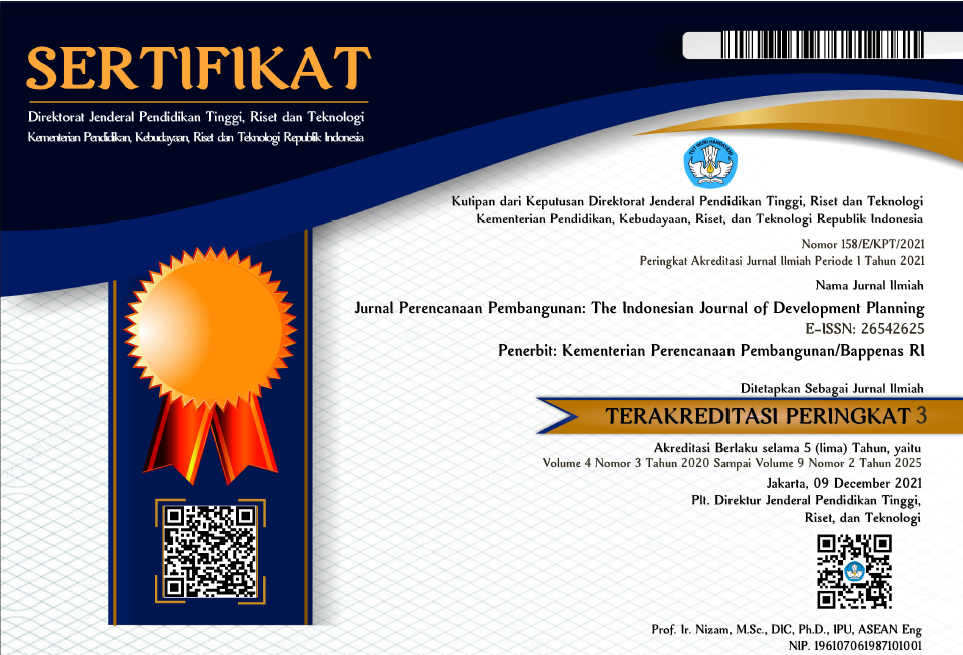Assessing Public Transport Convenience for Achieving SDG 11.2 in Tangerang Municipality
DOI:
https://doi.org/10.36574/jpp.v8i3.634Keywords:
SDG 11.2, sustainable transport, spatial analysis, evaluationAbstract
A reliable urban transport system is essential for achieving sustainable cities and communities. The United Nations' Sustainable Development Goal (SDG) 11.2 targets universal access to safe, affordable, accessible, and sustainable transport systems by 2030. This study evaluates SDG 11.2 performance in Tangerang Municipality, examining progress toward this target. Using spatial analysis methods—such as buffer analysis, network and isochrone analysis, and spatial autocorrelation in GIS—this research assesses transit quality and accessibility. Data were collected through purposive sampling, analyzed using an online field survey, and assessed via a Likert scale. The findings reveal that only 13.85% to 22.47% of Tangerang’s population has convenient access to public transport, with coverage limited to 17.56% of the city’s area. A dispersed yet positive spatial autocorrelation exists between public transport patterns and population density, with a Moran's I value of 0.076. However, 36 out of 104 subdistricts remain underserved. Pedestrian convenience scored the lowest due to inadequate pedestrian infrastructure and sidewalk encroachment by street vendors. If no action is taken to address these issues, accessibility could decline from 22.4% to 16.51% by 2032, assuming a 2.6% annual population growth rate. Achieving an 85% public transport share by 2032 would require an annual improvement rate of 5.6% from 2020 onward. The study recommends an integrated public transport service expansion, enhanced transit quality, improved transport data collection, and public awareness campaigns to accelerate SDG 11.2 progress in Tangerang.
Downloads
References
--------. (2018). Peraturan Presiden Nomor 58 Tahun 2018 tentang Perubahan Kedua Atas Peraturan Presiden Nomor 3 Tahun 2016 Percepatan Pelaksanaan Proyek Strategis Nasional.
--------. (2019). Peraturan Daerah Kota Tangerang Nomor 3 Tahun 2019 tentang Rencana Pembangunan Jangka Menengah Daerah Kota Tangerang Tahun 2019-2023.
--------. (2019). Peraturan Daerah Kota Tangerang Nomor 6 tahun 2019 tentang Perubahan atas Peraturan Daerah Nomor 6 Tahun 2012 tentang Rencana Tata Ruang Wilayah Kota Tangerang Tahun 2012-2032.
--------. (2020). Peraturan Presiden Nomor 60 Tahun 2020 tentang Rencana Tata Ruang Kawasan Perkotaan Jakarta, Bogor, Depok, Tangerang, Bekasi, Puncak dan Cianjur.
Adeliani, A. (2017). Efektivitas Pengelolaan Bus Rapid Transit Tangerang di Kota Tangerang`. Kota Serang: Universitas Sultan Ageng Tirtayasa.
BPS. (2019). Statistik Komuter Jabodetabek: Hasil Survei Komuter Jabodetabek. Jakarta: Badan Pusat Statistik (BPS).
BPS Kota Tangerang. (2019). Tangerang Dalam Angka 2019. Kota Tangerang: BPS Kota Tangerang.
Knupfer, S., Pokotilo, V., & Woetzel, J. (2018). Elements of Success: Urban Transportation Systems of 24 Global Cities. McKinsey Center for Future Mobility.
Petersen, R., & Schafer, C. (2002). Land Use Planning and Urban Transport. Eschborn, Germany: Wuppertal Institute & GIZ.
Schipper, L. (2002). Sustainable Urban Transport in the 21st Century: A New Agenda. , . Transportation Research Record Journal of the Transportation Research Board 1792(1), 12-19.
Turner, M. (2017). Beyond People Versus Place: A Place-Conscious Framework for Investing in Housing and Neighborhoods. Housing Policy Debate, 27:2, 306-314. doi:DOI: 10.1080/10511482.2016.1164739
UN-Habitat. (2021). Official Global Metadata for SDG Indicator 11.2.1. New York: United Nations Statistics Division. Retrieved from https://unstats.un.org/sdgs/metadata/?Text=&Goal=&Target=11.2
Downloads
Published
How to Cite
Issue
Section
License
Copyright (c) 2024 Jurnal Perencanaan Pembangunan: The Indonesian Journal of Development Planning

This work is licensed under a Creative Commons Attribution-NonCommercial-ShareAlike 4.0 International License.
This is an open-access article distributed under the terms of the Creative Commons Attribution-NonCommercial-ShareAlike 4.0 International License. Copyright © Kementerian PPN/Bappenas RI

















